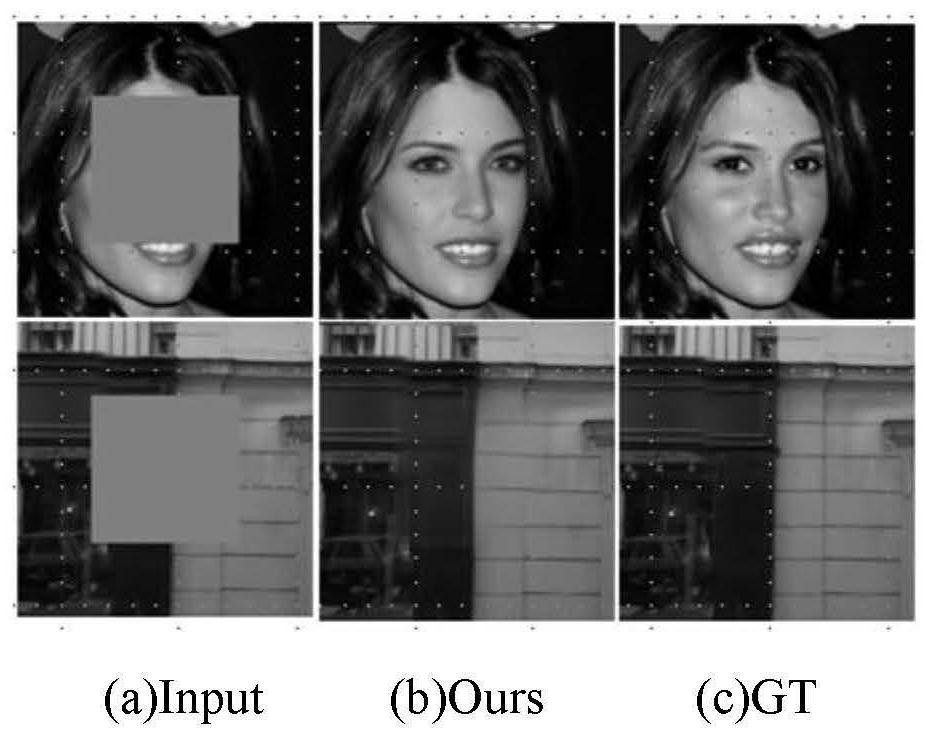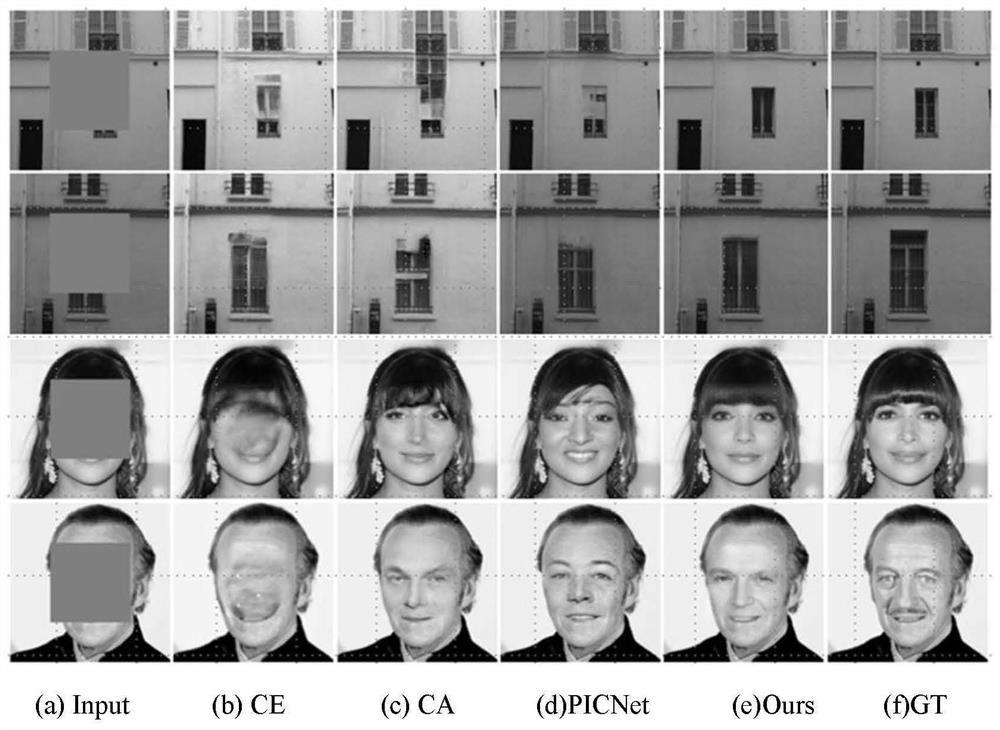Image restoration method based on frequency band self-adaptive restoration model
A technology of self-adaptive repair and repair method, which is applied in inference methods, image enhancement, image analysis and other directions, and can solve the problem of not being able to simultaneously reconstruct the reasonable structure and fine texture of damaged images.
- Summary
- Abstract
- Description
- Claims
- Application Information
AI Technical Summary
Problems solved by technology
Method used
Image
Examples
Embodiment Construction
[0053] In order to describe the technical content of the present invention more clearly, further description will be given below in conjunction with specific examples:
[0054] exist figure 1 In the frame diagram of image restoration technology based on the frequency band adaptive restoration model, the damaged image is firstly divided into high-frequency sub-bands and low-frequency sub-bands using discrete wavelet transform, and different convolution blocks are used to extract deep features for the high-frequency and low-frequency sub-bands respectively. , and then splice the extracted high and low frequency subbands into the decoder. In the decoder part, the structure combining the residual block and the convolution block is used for feature recovery, and the attention mechanism is used to further extract and transfer key features, and get The multi-frequency representation of the final inpainting result, after the inverse wavelet transform, the inpainted image is obtained. ...
PUM
 Login to View More
Login to View More Abstract
Description
Claims
Application Information
 Login to View More
Login to View More - R&D Engineer
- R&D Manager
- IP Professional
- Industry Leading Data Capabilities
- Powerful AI technology
- Patent DNA Extraction
Browse by: Latest US Patents, China's latest patents, Technical Efficacy Thesaurus, Application Domain, Technology Topic, Popular Technical Reports.
© 2024 PatSnap. All rights reserved.Legal|Privacy policy|Modern Slavery Act Transparency Statement|Sitemap|About US| Contact US: help@patsnap.com










